Kolumba Art Museum, Cologne | Art Museum Guide

Source: Kolumba Art Museum, Google Maps, https://maps.app.goo.gl/DhBAm3JawEUV3wRG7
The art museum, Kolumba Art Museum, Cologne stands as one of Germany’s most distinctive cultural landmarks, blending centuries of heritage with striking contemporary design. Located in the heart of Cologne, this museum invites visitors to experience art in a setting that is both historically rich and architecturally modern. Designed by renowned Swiss architect Peter Zumthor, the building integrates the ruins of the medieval St. Kolumba Church, creating an extraordinary dialogue between the old and the new.
Inside, visitors encounter a thoughtfully curated collection that spans over two thousand years of artistic expression. From medieval sculptures and liturgical objects to modern installations and thought‑provoking contemporary works, each piece is displayed with care to highlight its story. The museum’s calm atmosphere encourages reflection, offering a peaceful escape from the city’s lively streets.
Whether you are drawn to its architectural brilliance, its intimate galleries, or its contemplative spaces, the art museum, Kolumba Art Museum, Cologne offers a truly memorable experience. It is a place where history and innovation meet, where art transcends time, and where visitors leave with a deeper appreciation for cultural heritage. This museum is an essential destination for anyone exploring Cologne’s vibrant art scene.
Combines History And Modern Design
The art museum, Kolumba Art Museum, Cologne is widely admired for the way it unites centuries of history with a bold, modern vision. Designed by architect Peter Zumthor, the building is constructed over the ruins of the medieval St. Kolumba Church, which was largely destroyed during World War II. Rather than clearing the site, the museum integrates these remnants into its design, preserving fragments of Gothic walls and delicate archaeological traces. Walking through the museum feels like stepping through layers of time, as visitors encounter ancient stones carefully framed within contemporary concrete and brickwork.
This architectural approach creates a dialogue between the old and the new. High, narrow windows filter natural light into the galleries, softly illuminating both historic artifacts and modern artworks. The combination of raw materials and minimalist lines allows the structure to honor its surroundings while presenting a distinctive identity. The subtle detailing, including carefully placed openings and shadowed alcoves, invites visitors to pause and reflect on the passage of time.
Every corner of the art museum, Kolumba Art Museum, Cologne tells a story. Its innovative design not only protects and showcases treasured heritage but also demonstrates how architecture can transform a site into a living museum where history continues to inspire.
Houses A Diverse Permanent Collection
The art museum, Kolumba Art Museum, Cologne is home to a remarkable permanent collection that spans more than two millennia of artistic achievement. This collection reflects the museum’s mission to connect the region’s cultural past with its evolving present. Upon entering the galleries, visitors encounter sacred objects from Cologne’s medieval churches, intricately carved sculptures, and gilded altarpieces that reveal the devotional artistry of earlier centuries.
Alongside these historic pieces, the museum also displays a variety of Renaissance paintings, fragments of baroque craftsmanship, and finely detailed drawings that speak to changing artistic trends over time. What makes the experience truly unique is how these historic works are interwoven with modern and contemporary pieces. Paintings, photographs, and installations by internationally recognized artists are placed thoughtfully among older artifacts, encouraging viewers to see new relationships and contrasts.
The layout of the galleries ensures that each object is presented with respect, allowing space for quiet observation. The museum’s curators intentionally arrange the collection to highlight connections between art forms and eras rather than segregate them by style or date.
A visit to the art museum, Kolumba Art Museum, Cologne offers more than a look at preserved treasures; it offers an inspiring journey through centuries of creativity, innovation, and cultural memory.
Showcases Rotating Exhibitions
The art museum, Kolumba Art Museum, Cologne is well known for presenting rotating exhibitions that bring new life to its historic setting. These exhibitions are carefully curated to explore a variety of artistic themes, often connecting contemporary works with historic objects from the museum’s permanent collection. By doing so, the museum creates engaging narratives that encourage visitors to think deeply about the evolution of art and culture.
Throughout the year, the museum’s program introduces thought‑provoking projects by emerging and established artists. Visitors might encounter installations, multimedia presentations, or special displays that respond to the museum’s architectural spaces. These temporary exhibitions are designed not only to highlight individual creativity but also to invite dialogue between past and present.
The changing exhibitions ensure that every visit offers a fresh perspective. Travelers and local art enthusiasts return frequently, knowing that new stories await discovery. The museum’s dedicated staff also organizes lectures and guided tours that enrich understanding of the featured works.
A visit to the art museum, Kolumba Art Museum, Cologne becomes more than a single experience. With its ever‑evolving exhibitions, it provides a living platform where art is continuously reinterpreted, making each trip to the museum dynamic, educational, and inspiring.
Features Remarkable Architecture
The art museum, Kolumba Art Museum, Cologne is celebrated as much for its architecture as for its art. Designed by Swiss architect Peter Zumthor, the building is a masterpiece that merges historical remnants with contemporary design. Its exterior, composed of light grey bricks, creates a calm and textured façade that harmonizes with the surrounding urban landscape.
Inside, the museum is a sequence of spaces that flow seamlessly, with varying ceiling heights and carefully positioned openings. Natural light is a key feature, filtered through slender windows and latticework to create a tranquil atmosphere. These subtle lighting effects highlight the displayed art while casting gentle shadows across the preserved ruins of the old St. Kolumba Church.
Visitors often describe the experience as meditative. The architecture guides them through layers of history, from ancient foundations to modern galleries, without abrupt transitions. Every detail, from the material palette to the way the building embraces outdoor courtyards, has been considered to evoke reflection and calm.
The art museum, Kolumba Art Museum, Cologne is more than a venue; it is itself an artwork. Its remarkable architecture demonstrates how design can preserve heritage while offering a contemporary space that elevates the viewing of art to a deeply immersive experience.
Preserves Historical Church Ruins
The art museum, Kolumba Art Museum, Cologne is built upon the ruins of St. Kolumba Church, a site with centuries of history that endured damage during World War II. Instead of clearing these remnants, the museum thoughtfully incorporates them into its structure, allowing visitors to walk through spaces where ancient walls still stand. These preserved ruins are not hidden away but rather celebrated as integral elements of the museum’s narrative.
Inside the galleries, sections of the church’s stonework and foundations are visible, seamlessly connected with modern materials. Visitors can observe fragments of Gothic architecture alongside contemporary art, creating a striking contrast that encourages reflection on resilience and continuity. The remnants of chapels, arches, and sacred niches are carefully protected yet fully accessible for viewing.
This integration provides a powerful sense of place. Guests are reminded that the art museum, Kolumba Art Museum, Cologne is not only a container for art but also a living witness to the city’s layered history. It transforms a visit into more than a visual experience; it becomes a journey through time. By preserving these ruins, the museum honors Cologne’s heritage while enriching its cultural landscape with a truly unique environment.
Offers A Tranquil Courtyard
Amid its architectural grandeur, the art museum, Kolumba Art Museum, Cologne features a tranquil courtyard that offers a serene escape. This open-air space is designed as a contemplative retreat, surrounded by the museum’s distinctive brick walls and subtle landscaping. Visitors can step into the courtyard between gallery visits to pause, reflect, or simply enjoy a moment of stillness away from the city’s bustle.
The courtyard includes simple seating areas and carefully placed greenery that complement the museum’s minimal design language. Light and shadow play across the surfaces throughout the day, creating an ever-changing atmosphere that feels both calming and inspiring. The preserved ruins of St. Kolumba Church are visible from certain angles, linking the outdoor space to the museum’s rich history.
This area is more than a resting spot. It functions as an extension of the galleries, inviting visitors to consider the relationship between art, architecture, and nature. The sound of distant city life fades within these walls, replaced by a sense of quiet that enhances the museum experience.
For anyone visiting the art museum, Kolumba Art Museum, Cologne, the courtyard stands as a hidden gem—an oasis of calm where history and modern design embrace, leaving a lasting impression of peace and beauty.
Provides Insightful Audio Guides
The art museum, Kolumba Art Museum, Cologne enhances every visit by offering detailed audio guides that enrich the understanding of its diverse collection and unique architecture. These guides are thoughtfully prepared in multiple languages, allowing both local and international visitors to explore the museum’s treasures with clarity and depth. Each narration is designed to give context, helping guests connect the displayed pieces with historical events, artistic techniques, and cultural influences.
As visitors move through the galleries, the audio guide provides commentary tailored to each exhibit. For instance, when standing before a medieval altarpiece or a modern installation, listeners can learn about the origin of the work, the materials used, and the message behind its creation. This approach transforms a simple walk through the museum into an educational and engaging journey.
The audio guides also highlight architectural details that might otherwise be overlooked. Descriptions of how the museum integrates ancient ruins with contemporary design deepen appreciation for the space itself. With adjustable pacing, visitors can linger where they wish, taking in additional insights as they explore.
By offering such informative resources, the art museum, Kolumba Art Museum, Cologne ensures that every guest, from casual observers to art enthusiasts, gains a richer and more meaningful experience.
Highlights Medieval Sculptures
A distinctive feature of the art museum, Kolumba Art Museum, Cologne is its exceptional collection of medieval sculptures. These artworks, many originating from Cologne’s historic churches, reveal a deep devotion to craftsmanship and spiritual expression. Visitors encounter delicately carved figures of saints, intricate relief panels, and fragments of larger architectural elements that once adorned sacred spaces.
Each sculpture carries a unique narrative. Some depict biblical scenes, while others reflect local artistic styles that evolved over centuries. The museum’s curators present these works in an environment that encourages close observation. Gentle lighting emphasizes the texture of aged wood, stone, and polychrome surfaces, allowing viewers to appreciate the fine details preserved through time.
What makes these sculptures even more captivating is their placement alongside modern art. By exhibiting them in dialogue with contemporary pieces, the art museum, Kolumba Art Museum, Cologne invites visitors to consider enduring themes such as faith, humanity, and creativity. This juxtaposition creates thought‑provoking contrasts that highlight the timeless relevance of these historical works.
For art historians, students, and curious travelers, the medieval sculptures offer a tangible connection to Cologne’s cultural heritage. They stand as enduring symbols of artistry, reminding every visitor that the museum is not only a place for preservation but also a platform for reflection and inspiration.
Includes A Specialized Library
The art museum, Kolumba Art Museum, Cologne offers more than remarkable exhibitions; it also houses a specialized library dedicated to art history and cultural studies. This library serves as a valuable resource for researchers, students, and visitors who wish to deepen their knowledge of the museum’s collections and the broader context of European art. Carefully curated over many years, the library contains rare books, scholarly journals, exhibition catalogues, and archival materials that reflect the museum’s diverse focus.
Visitors can access texts that explore medieval sculpture, contemporary installations, and the architectural vision behind the museum itself. Many of these materials provide insights into Cologne’s artistic heritage, offering background information that enriches the experience of viewing the objects on display. The quiet, well‑designed reading areas encourage thoughtful study and provide a calm environment for extended visits.
Museum staff are available to assist with locating specific references, making the library a welcoming space even for those unfamiliar with academic research. Whether seeking inspiration for a project, preparing for a lecture, or simply exploring art in greater depth, guests find this library an invaluable extension of the museum’s mission. The art museum, Kolumba Art Museum, Cologne thus demonstrates a commitment not only to exhibition but also to education and cultural preservation.
Located In The Heart Of Cologne
The art museum, Kolumba Art Museum, Cologne enjoys a prime location in the vibrant center of the city, making it easily accessible to both local residents and international travelers. Situated near major landmarks and lively pedestrian streets, the museum is surrounded by Cologne’s rich blend of historical sites, modern shops, and cultural attractions. Visitors often find it convenient to include the museum in their itineraries while exploring the city’s famous cathedral, bustling squares, and charming cafés.
Its central position allows guests to reach the museum by various public transport options, including trams, buses, and trains. From Cologne’s main railway station, a short walk leads directly to the museum’s distinctive façade, making it an ideal destination even for those with limited time in the city.
The lively neighborhood enhances the experience, offering numerous restaurants and boutiques within walking distance, perfect for extending a day of cultural discovery. Travelers can move seamlessly from the museum’s calm galleries to the energetic urban environment outside.
By being located in such a dynamic setting, the art museum, Kolumba Art Museum, Cologne stands as a cultural cornerstone. Its accessibility and proximity to other attractions ensure it remains a must‑visit destination for anyone seeking to experience the artistic and historical spirit of Cologne.
Conclusion
The art museum, Kolumba Art Museum, Cologne stands as a remarkable destination where history, architecture, and art come together in harmony. Visitors are invited to explore galleries that weave together ancient ruins, medieval masterpieces, and contemporary creations, offering an experience that is both enriching and inspiring. From its tranquil courtyard to its insightful audio guides and rotating exhibitions, every detail is designed to spark curiosity and reflection. Positioned in the heart of Cologne, this museum remains a cultural landmark that celebrates creativity across centuries, leaving every guest with lasting memories and a deeper appreciation for art and heritage.
Let Us Know What You Think!
Every information you read here are written and curated by Kreafolk's team, carefully pieced together with our creative community in mind. Did you enjoy our contents? Leave a comment below and share your thoughts. Cheers to more creative articles and inspirations!


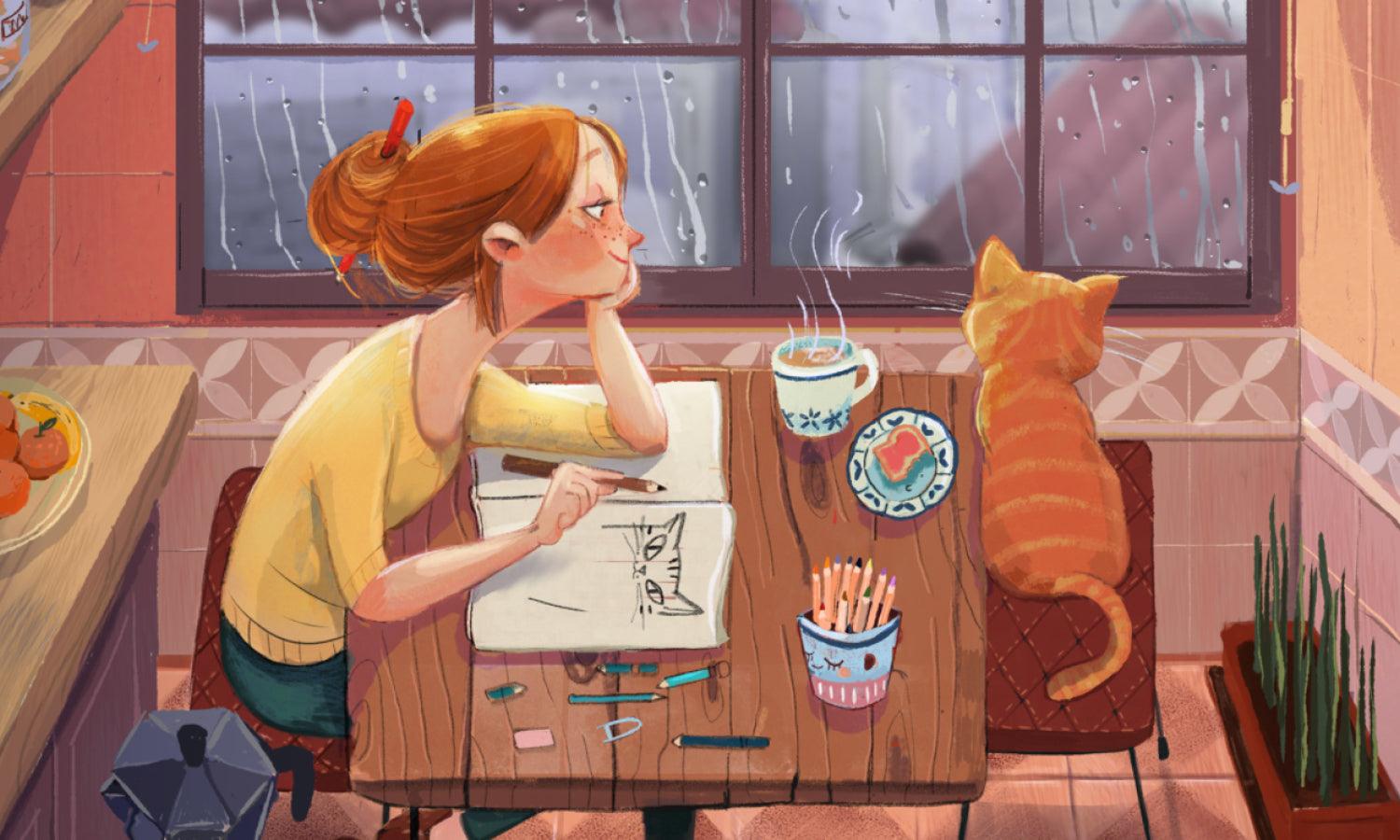
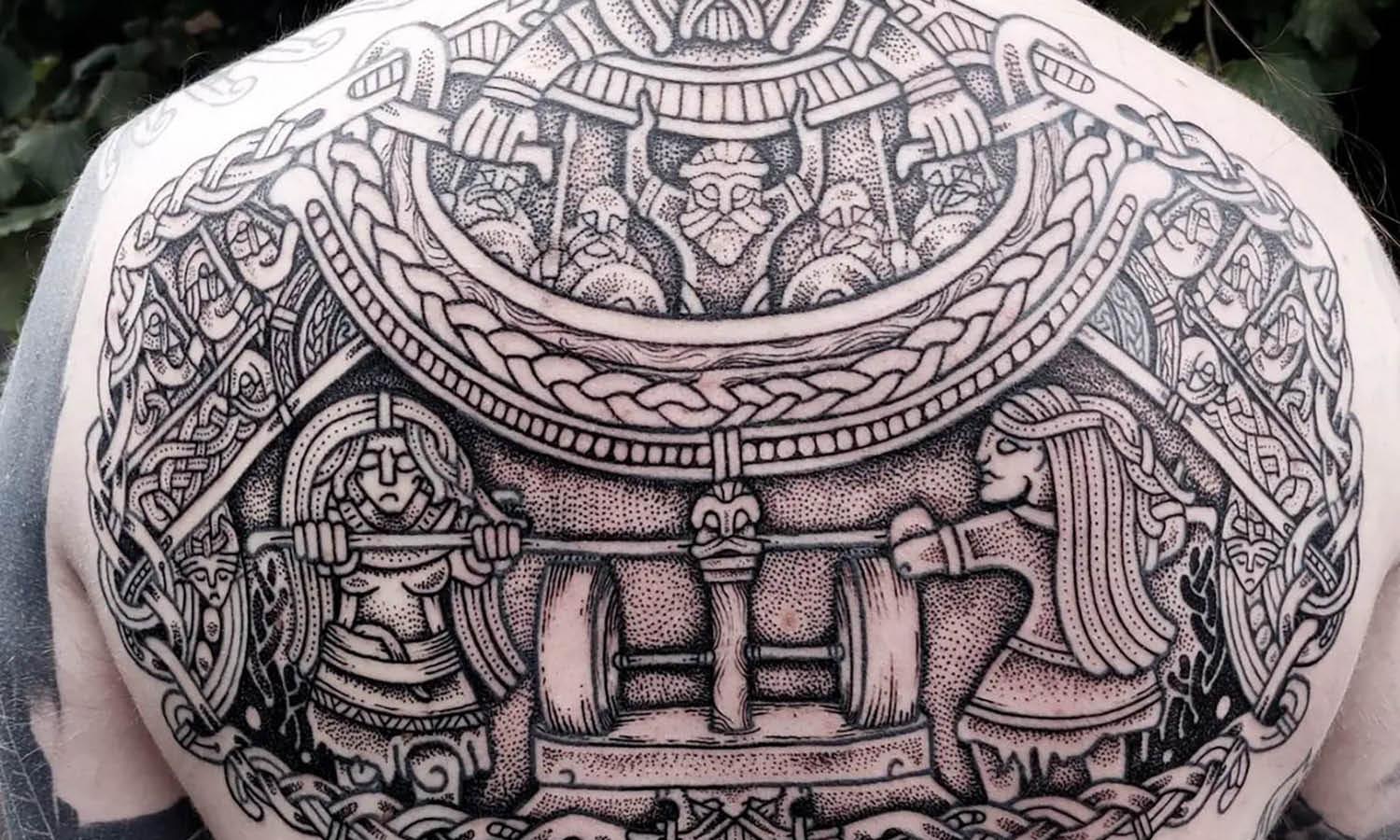
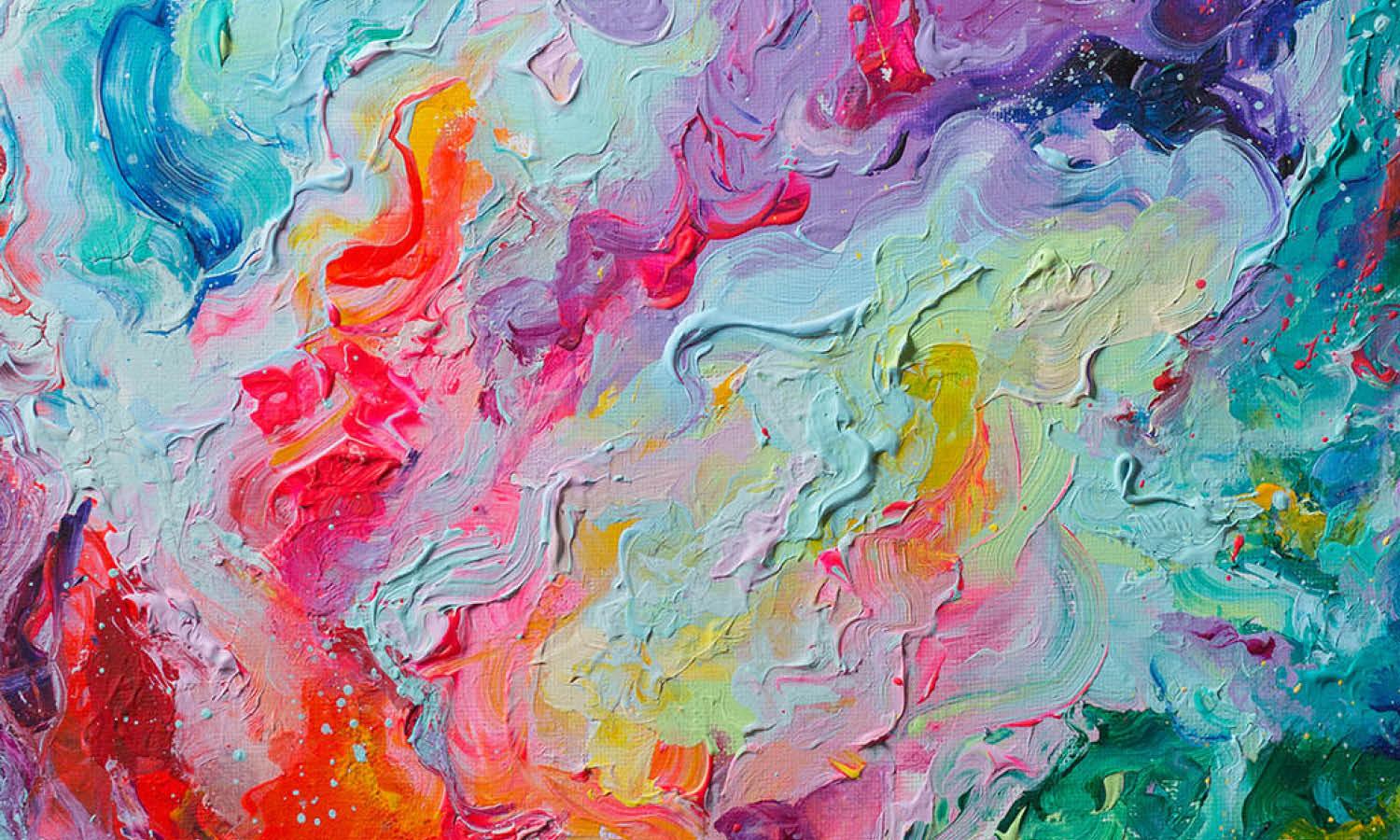
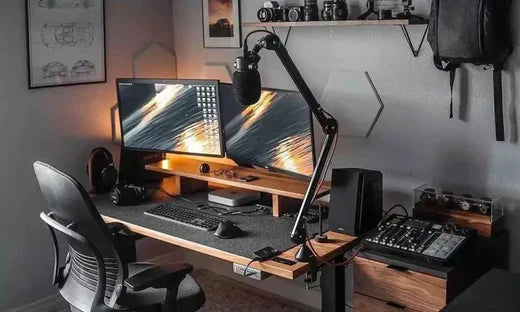


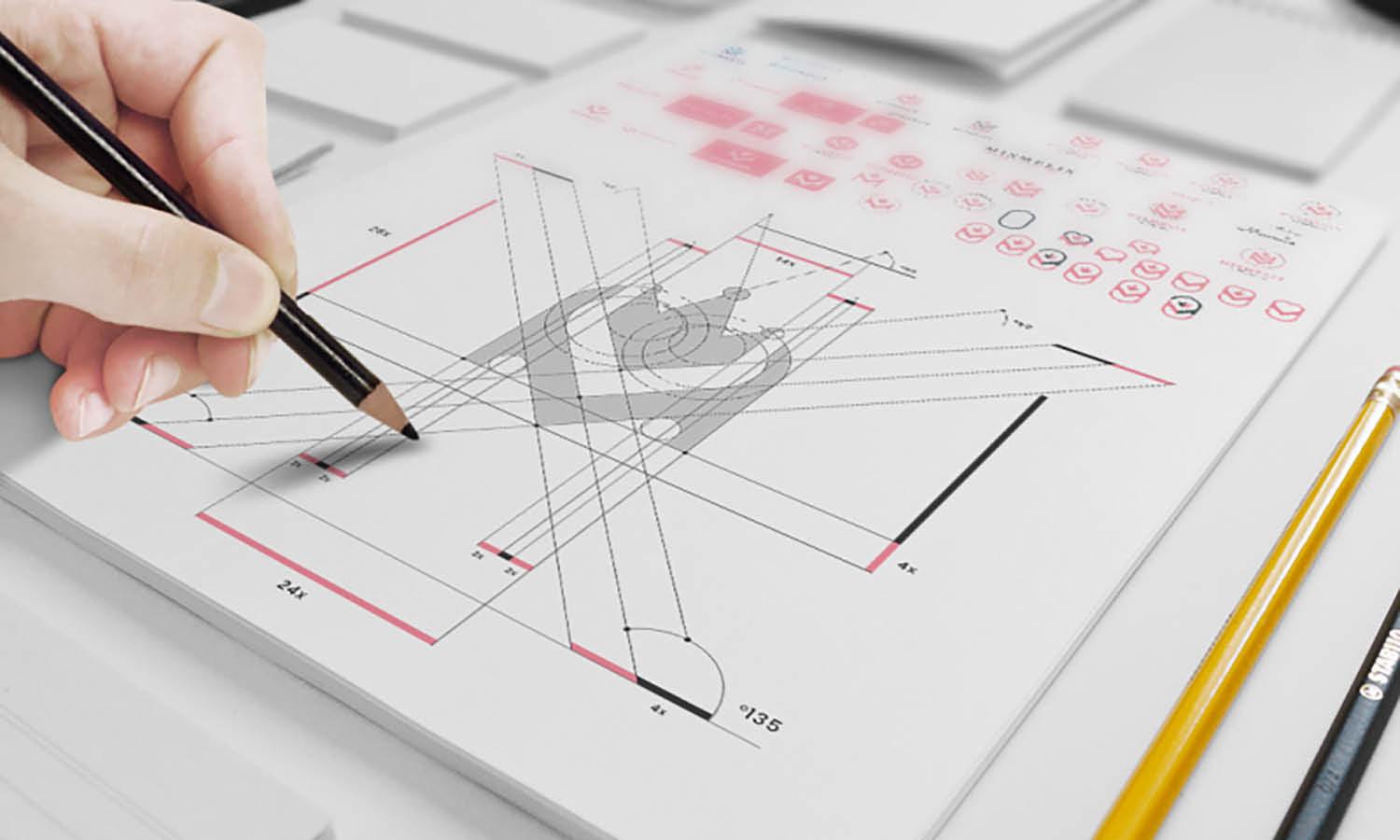







Leave a Comment